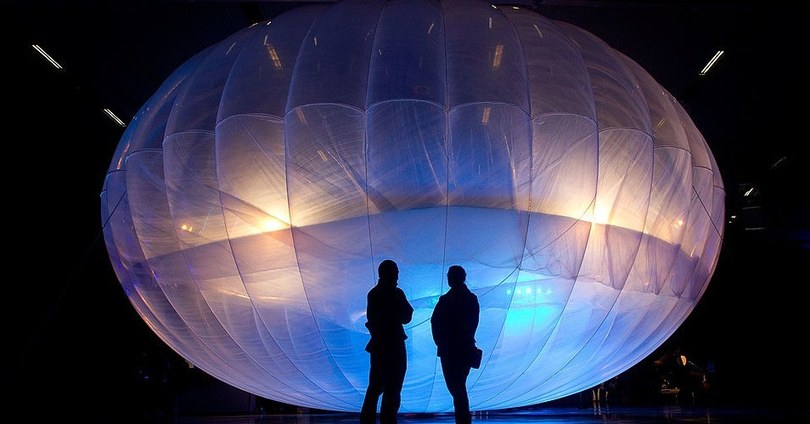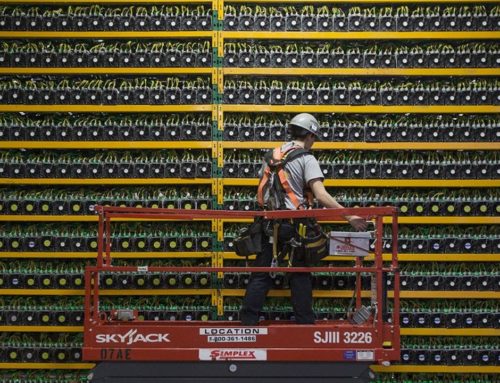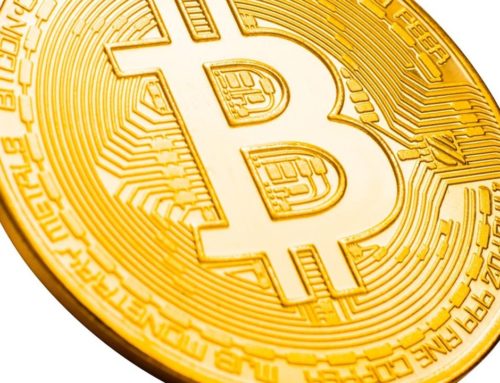When Project Loon launched publicly in 2013, with a video showing a sheep farmer in New Zealand going online via wifi beamed from balloons 20 kilometers overhead, Google heralded its technology “a breakthrough.” Astro Teller, the X division’s Captain of Moonshots, wrote: “Back in 2011, we had a hunch that balloons flying freely on the winds could be controlled just enough to act like floating cell phone towers in the sky. We’d pump air out of or into the balloon to make it lighter or heavier, and then move up or down to catch winds traveling in the direction we wanted to travel.”
At a TED talk in 2014, Google’s then-CEO Larry Page said: “We did some weather simulations which probably hadn’t really been done before, and if you control the altitude of the balloons, which you can do by pumping air into them and other ways, you can actually control roughly where they go.”
Both men were describing the engineering feat that Space Data had sought to patent more than a decade earlier. Filings with the Federal Communications Commission (FCC) show that in 2000, Space Data began experimenting with a nationwide paging service from high-altitude balloons. Space Data filed its key patent application in 2001, and quickly went on to test text messages in 2002, phone calls in 2006, and 4G LTE data by 2012—a year before Google’s splashy launch.
Space Data has been providing commercial wireless services from balloon constellations since 2004, and it operates a radio repeater platform used by the US Army and Marine Corps, utilizing cheap weather balloons. Larry Page likely knew all this. After all, he very nearly bought Space Data in 2008.
Back in 2007, Google was in a pickle. It had participated in an FCC auction of radio spectrum solely to force another bidder, Verizon, to hit a minimum bid that would open up the frequencies to all users—including Google. But if Google accidentally won the auction, it would have had to build out coverage for 40 percent of Americans within four years. That promised to be an expensive proposition using existing technology.
Space Data saw an opportunity. If Google invested in its balloons, it could provide service at a fraction of the cost of constructing a nationwide network of cell towers. Space Data approached Google in September 2007, and was met with enthusiasm. A Google court filing agrees that the companies had “multiple technical and business meetings…in 2007.” By December, talk had turned to acquisition. Google and Space Data duly signed a non-disclosure agreement (NDA) that would allow Google to perform due diligence on the startup’s technical, commercial, and financial secrets.
On February 15, 2008, twelve Googlers, including both cofounders, arrived at Space Data’s headquarters on the outskirts of Phoenix, Arizona. Over the next four hours, Space Data alleges that the team toured the balloon manufacturing facility, visited Space Data’s Network Operations Control Center (NOC), saw confidential wind data, and examined inner workings of the stratospheric transmitters. At one point, Sergey Brin even allegedly launched a Space Data balloon and tracked its progress at the NOC.
But less than 10 days after the demo, Google admits in filings that it abruptly broke off acquisition talks. At the time, an executive told Space Data that Google was annoyed by a Wall Street Journal story that had mentioned its interest in buying the company. However, a court filing by Alphabet now admits: “Google’s principal reason for engaging with Space Data… no longer existed, as it was apparent that Verizon had outbid Google.” Put simply, Space Data was an insurance policy that Google no longer needed.
Despite this, Space Data had made an impression with the Google leadership. Astro Teller told WIRED in 2013 that Page often spoke about the possibilities of delivering internet access by balloon. And with the passing of years, that idea evolved from an end-run around FCC red tape into a grand vision of connecting the half of the world’s population that still lacks internet access.
Starting in 2012, engineers at Google filed the first of nearly 100 patents related to wireless communications from a constellation of balloons. There were LTE tests in Brazil in 2014, balloon flights lasting many months, and pilot programs in Sri Lanka, Indonesia, and Puerto Rico. Earlier this year, Project Loon delivered basic internet connectivity to tens of thousands of people in flood-affected zones in Peru.
Loon’s technology has moved on from Space Data’s 2008 designs, with new, larger balloons that incorporate solar panels for long-duration missions. Meanwhile, Space Data still uses fleets of modified weather balloons and seems to have wound down its development program. Space Data’s last experimental permit from the FCC was in 2012; Loon’s most recent application was in May.
“Loon started to get huge traction in 2015,” says Spencer Hosie, a lawyer for Space Data. “It [became] clear it was going to run our company right out of business unless we did something about it. At some point, [we] had absolutely no choice. It was either fold and go away and donate 10 years of intellectual property to Google, or fight to protect [our] far earlier inventions.”
Sourced through Scoop.it from: www.wired.com








Leave A Comment